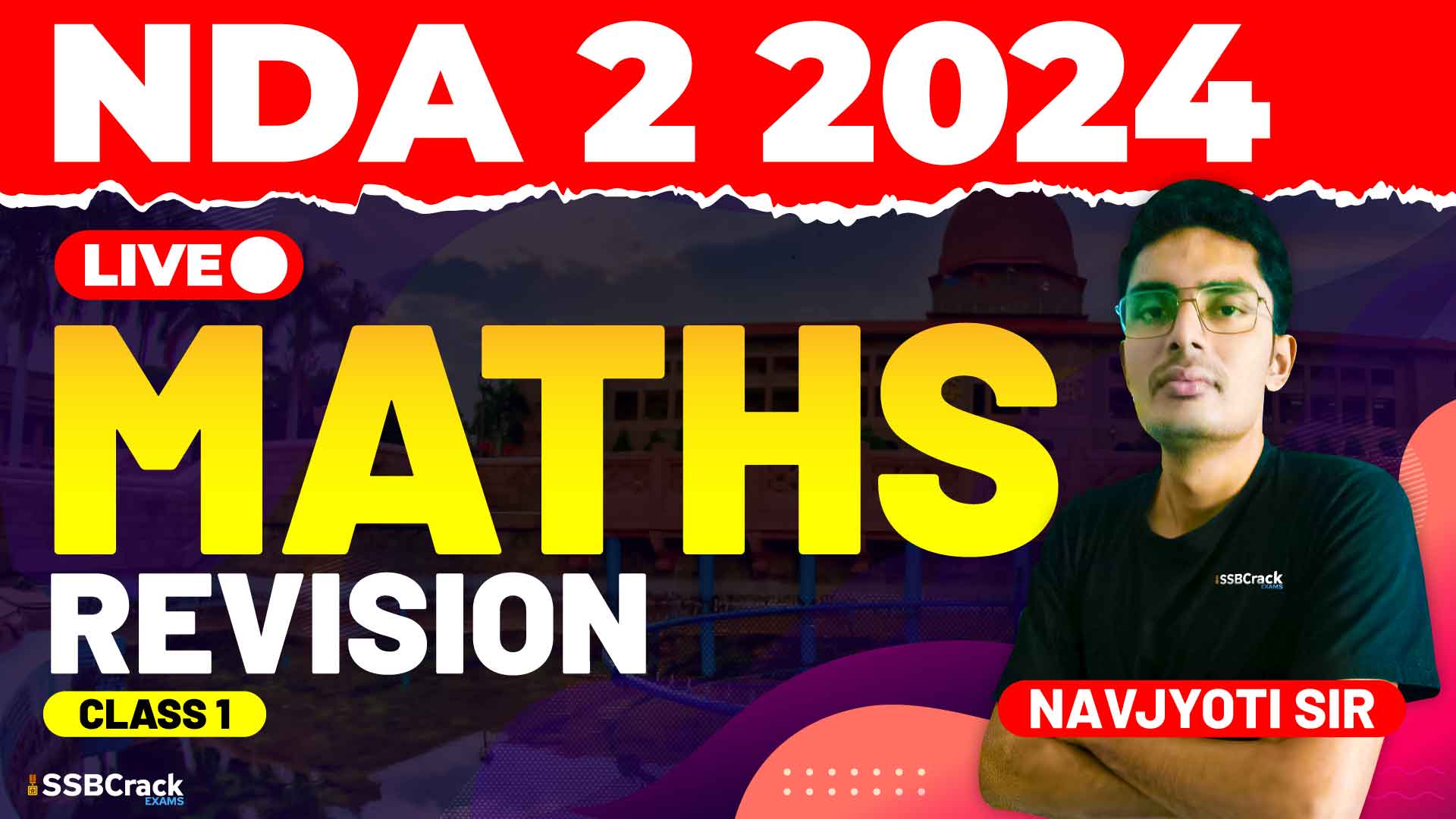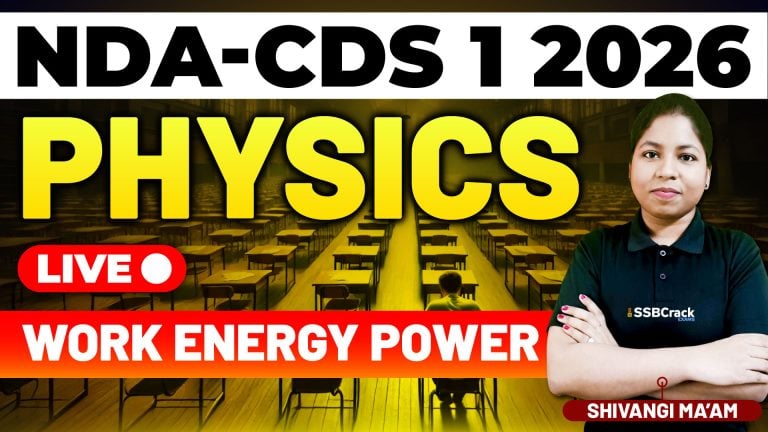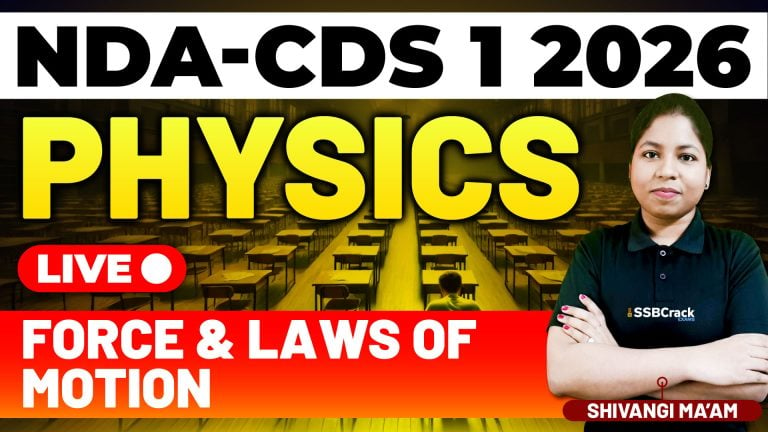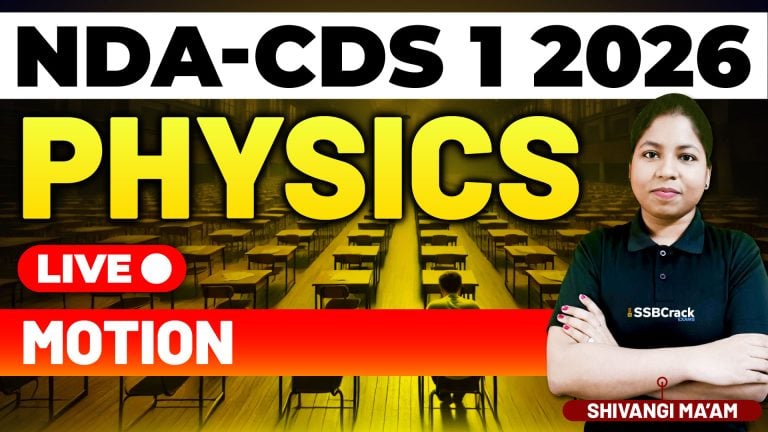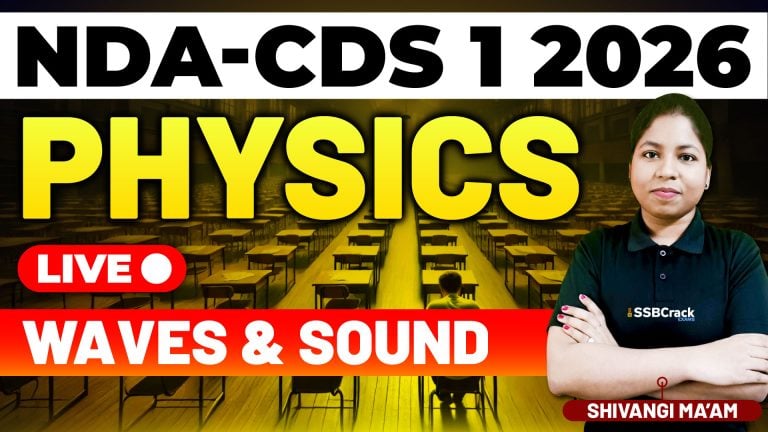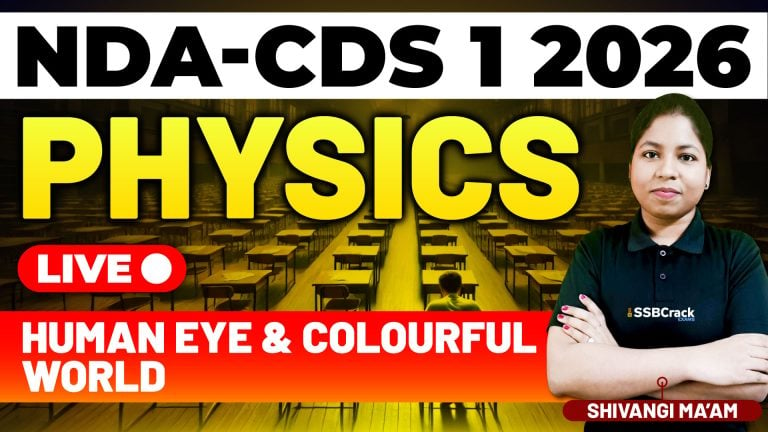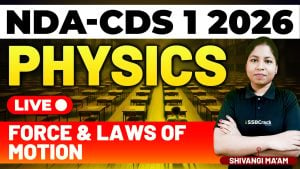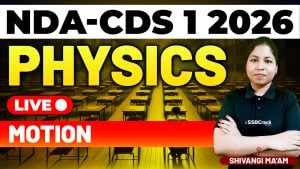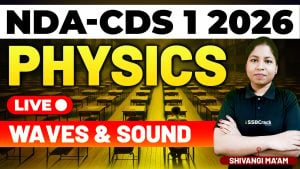Preparing for the National Defence Academy (NDA) Exam requires a strong grasp of various mathematical concepts, especially those covered in Paper-I Mathematics. Recently a dedicated class focused on revision and multiple-choice question (MCQ) practice for three critical topics: Sets, Relations and Functions, and Trigonometric Functions was done. In this article, I’ll share insights from this class, key concepts, and strategies to tackle MCQs effectively.
Understanding the Basics
Sets
Sets are fundamental in mathematics, representing a collection of distinct objects. Understanding sets is crucial for solving problems related to grouping and categorization. Key concepts include:
- Definition and Notation: Sets are usually denoted by capital letters, and their elements are listed within curly braces. For example, A = {1, 2, 3}.
- Types of Sets: Familiarize yourself with various types of sets such as finite, infinite, equal, null, and universal sets.
- Operations on Sets: Operations like union, intersection, difference, and complement are vital. Practice Venn diagrams as they are an effective visual tool for understanding these operations.
Relations and Functions
Relations and functions are the next logical step after sets, dealing with how elements from one set relate to elements of another.
- Relations: Understand ordered pairs and Cartesian products. Different types of relations include reflexive, symmetric, transitive, and equivalence relations.
- Functions: Functions map elements from one set to another. Key types of functions include one-one, onto, and bijective functions. Pay attention to domain, range, and codomain.
Trigonometric Functions
Trigonometric functions are essential for solving problems involving angles and distances.
- Basic Functions: Sine, cosine, tangent, and their reciprocals (cosecant, secant, cotangent) form the core.
- Trigonometric Identities: Memorize key identities like Pythagorean identities, angle sum and difference identities, double-angle and half-angle identities.
- Inverse Trigonometric Functions: Understand the principal values and their applications.
Strategies for Tackling MCQs
- Time Management: Allocate time wisely. Don’t spend too much time on any single question. If stuck, move on and return to it later.
- Practice: Regular practice is crucial. Use previous years’ question papers and sample MCQs to familiarize yourself with the pattern and difficulty level.
- Conceptual Clarity: Ensure you have a strong understanding of fundamental concepts. Rote learning can lead to confusion during the exam.
- Elimination Technique: Use the process of elimination on MCQs. Narrow down options by eliminating clearly incorrect answers first.
- Shortcuts and Tricks: Learn shortcuts and tricks for quick calculations, especially for trigonometric functions and set operations.
- Venn Diagrams: For set theory questions, Venn diagrams can simplify complex problems, making it easier to visualize relationships.
- Formulas and Identities: Keep a list of essential formulas and identities for quick revision. This is particularly useful for trigonometric functions.
- Mock Tests: Take regular mock tests under timed conditions to build confidence and improve speed.
Key Points from the Class
The revision class I attended emphasized the importance of understanding core concepts and applying them to solve MCQs efficiently. Here are some takeaways:
- Sets: Practice problems involving union, intersection, and difference of sets. Be comfortable with questions that require interpretation of Venn diagrams.
- Relations and Functions: Focus on identifying types of relations and functions from given sets of ordered pairs. Ensure clarity on the concepts of domain and range.
- Trigonometric Functions: Be adept at solving problems using trigonometric identities. Practice converting between different forms and using inverse trigonometric functions.
Exam Pattern Insight
The NDA exam consists of objective-type questions with negative marking for incorrect answers. Understanding the exam pattern is crucial for effective preparation. Here’s a brief overview:
- Marks: Each question carries equal marks. Accuracy is as important as speed due to negative marking.
- Sections: Paper-I Mathematics covers various topics, so a balanced preparation across all areas is essential.
- Negative Marking: Avoid guesswork. If unsure about an answer, it’s better to leave it blank than risk negative marking.
Conclusion
Preparing for the NDA exam requires a disciplined approach, regular practice, and a thorough understanding of fundamental concepts. The revision class on Sets, Relations and Functions, and Trigonometric Functions provided valuable insights into solving MCQs efficiently. By focusing on these strategies and practicing diligently, you can enhance your problem-solving skills and improve your performance in the exam.
Remember, consistency and perseverance are key. Keep practicing, stay focused, and approach each topic with a clear strategy. Good luck with your NDA exam preparation!
